Depop vs Poshmark: Which Platform is Best for Online Sellers?
 Pic Copilot Team
Pic Copilot TeamAs the fashion resale market expands, choosing the right platform to sell your items is crucial. Depop and Poshmark are two leading contenders, but they cater to different seller needs and preferences. This guide will delve into each platform's specifics and discuss how integrating Pic Copilot's Virtual Try-On can elevate your selling game on Depop.
1. Overview of Depop and Poshmark
Depop started as a social network and evolved into a go-to marketplace for vintage and unique fashion pieces. Poshmark, on the other hand, focuses more on contemporary, brand-name fashion. Both platforms boast millions of users worldwide, but their target demographics and selling strategies differ significantly.
2. Setting Up a Seller's Account
Depop: To start selling on Depop, you need to download the app and sign up using your email address or social media accounts. Once registered, you can set up your profile by adding a bio that highlights what you sell and adding any relevant details that might attract buyers. To list an item, simply take a photo, add a detailed description, set your price, and categorize your item correctly. Depop's interface is very user-friendly, making it easy for new sellers to get started quickly.
Poshmark: Setting up a seller account on Poshmark is similarly straightforward. You begin by signing up on the website or app, and from there, you can start listing items immediately. For each item, you need to upload photos, write a clear description, and fill out details such as size, color, and brand. Poshmark also encourages sellers to share their listings frequently to increase visibility. Additionally, Poshmark offers a "Posh Ambassador" program that sellers can aspire to for more platform perks and visibility.
Both platforms have community guidelines and seller support to help you along the way, ensuring that even those new to online selling can navigate the process with ease.
3. Commission Structures and Fees
Depop: Depop charges a 10% fee on the total transaction amount, including shipping. This fee is automatically deducted from the sale price when an item is sold. For sellers in the USA, Depop also adds a payment processing fee of 2.9% plus $0.30 per transaction. These fees cover the costs associated with using Depop's platform and the services they provide, such as transaction handling and customer support.
Poshmark: Poshmark’s fee structure is straightforward. For all sales under $15, Poshmark charges a flat fee of $2.95. For sales of $15 or more, the fee is 20% of the listing price. This fee includes credit card processing, pre-paid shipping labels, and customer support. Poshmark's fees are designed to simplify the selling process, ensuring that sellers have fewer overhead costs to worry about.
Understanding these fees is crucial for sellers to price their items competitively and manage their earnings effectively.

4. Using Pic Copilot's Virtual Try-On on Depop and Poshmark
Pic Copilot's Virtual Try-On is a transformative tool for Depop and Poshmark sellers, enabling them to display clothing items on AI-generated models. This technology helps create more engaging and realistic product images, potentially increasing buyer interest and sales.

How It Enhances Listings:
- Cost-Effective: Eliminates the high costs associated with traditional photoshoots by using AI to generate professional-looking model images.
- Broad Appeal: Allows customization of model images to suit various demographics, enhancing appeal across different markets.
- Increased Conversion: Improved visual presentation helps customers better visualize how items look when worn, which can lead to higher conversion rates.
Integration Process: Sellers can easily integrate these AI-enhanced images into their Depop and Poshmark stores. By uploading clothing images to Pic Copilot, selecting the desired model type, and generating the try-on images, sellers can quickly update their listings with these high-quality photos.
Advantages for Both Platforms: This tool is especially useful on platforms like Depop and Poshmark, where visual appeal can significantly influence purchasing decisions. It provides a competitive edge by offering a more sophisticated presentation compared to standard flat lay photos.
For a step-by-step guide on using this feature, check out Pic Copilot's detailed tutorial here.
5. Marketing and Sales Features on Depop and Poshmark
Depop: Depop merges social media with traditional e-commerce, creating a unique marketing environment. Sellers can utilize:
- Social Integration: Easily share listings on social platforms to increase visibility.
- Follower Engagement: Engage followers with updates and promotions directly on their feeds.
- Curated Feeds: Depop's algorithm promotes personalized item recommendations to users, enhancing product visibility among likely buyers.
Poshmark: Poshmark provides more structured sales features conducive to rapid selling:
- Posh Parties: Themed selling events that allow sellers to showcase items to a large audience actively looking to buy.
- Posh Ambassador Program: A reward system for active sellers that boosts their visibility on the platform.
- Promotion Tools: Tools for sellers to offer discounts on bundles and to promote listings directly in the app to appear more frequently in searches.
Both platforms offer unique marketing tools tailored to their respective audience profiles, enabling sellers to effectively target and engage potential buyers.
6. Payment Methods and Processing on Depop and Poshmark
Depop: Depop offers a streamlined payment process:
- Direct Payments: Payments are made directly into the seller's PayPal account, enabling immediate access to funds upon sale.
- Processing Fees: Depop applies a standard transaction fee (2.9% + $0.30 in the U.S.) on top of their commission.
Poshmark: Poshmark's payment system is slightly different:
- Escrow System: Funds are held until the buyer confirms receipt of the item, ensuring buyer satisfaction and reducing fraud.
- Direct Deposit: Once the transaction is confirmed and the return window closes, sellers can withdraw their earnings via direct deposit or request a check.
Both platforms provide secure payment gateways, but the timing of fund access and the specifics of transaction fees differ, impacting how sellers manage their earnings.
7. Pros and Cons for Buyers on Depop and Poshmark
Depop:
- Pros:
- Unique Inventory: Specializes in vintage and unique items not typically found on more mainstream platforms.
- Social Shopping Experience: Engaging, social media-like interface that makes shopping interactive and fun.
- Cons:
- Inconsistent Sizing: Due to the nature of vintage items, sizing can be less predictable.
- Shipping Variability: Sellers set their own shipping fees, which can vary widely.
Poshmark:
- Pros:
- Wide Selection: Offers a broad range of products including new, used, and boutique items.
- Buyer Protections: Holds funds in escrow until the buyer confirms the item matches the description.
- Cons:
- Higher Prices: Often more expensive due to the prevalence of brand name goods.
- Shipping Costs: Generally higher shipping costs compared to other platforms.
Feature | Depop | Poshmark |
Product Variety | Vintage, unique items | New, used, brand names, boutique items |
Shopping Experience | Social media-like, interactive | Traditional online shopping with added social features |
Buyer Protections | Less formal, depends on seller | Strong, with escrow system |
Pricing | Generally lower, varies by seller | Often higher, especially for brand items |
Shipping | Set by sellers, varies | Fixed rate, typically higher |
8. Final Verdict on Depop vs Poshmark for Sellers
Choosing between Depop and Poshmark depends largely on what type of items you are selling and your target audience. Depop is ideal for sellers specializing in vintage or unique fashion items and appeals to a younger, more trend-focused audience who value the social media-like experience. It's perfect for sellers who are active on social platforms and can engage with a community that values individuality and unique style.
Poshmark, on the other hand, is better suited for sellers with a larger inventory of new or lightly used brand-name goods. It offers robust buyer protections, structured marketing events like Posh Parties, and a more traditional e-commerce experience that may appeal to buyers looking for specific brands and deals.
Ultimately, the best platform for you will depend on your specific products and how much effort you are willing to put into engaging with the platform's community and marketing tools. Both platforms have significant audiences and can provide substantial revenue streams if used effectively.
FAQ for Selling on Depop vs Poshmark
1. What are the main differences between Depop and Poshmark? Depop primarily features vintage and unique fashion items, appealing to a younger, trendier crowd. Poshmark, in contrast, offers a wider range of new and used brand-name items and focuses on a more traditional e-commerce experience.
2. How does the Pic Copilot's Virtual Try-On feature enhance listings on Depop? Pic Copilot’s Virtual Try-On allows sellers to create realistic model images wearing their apparel, which can help improve engagement and increase sales by giving a better visual presentation of the items.
3. What are the commission fees for selling on Depop and Poshmark? Depop charges a 10% fee on the total transaction amount including shipping, plus a payment processing fee in the US. Poshmark charges a flat rate of $2.95 for sales under $15 and a 20% commission for sales above $15.
4. Which platform is more cost-effective for sellers? This depends on the item prices and volume of sales. Poshmark's flat rate on lower-priced items may be more appealing, whereas Depop's lower percentage commission could be more advantageous for higher-priced vintage items.
5. Can you integrate Pic Copilot's Virtual Try-On with Poshmark as well as Depop? Yes, Pic Copilot's Virtual Try-On can be used to enhance listings on both Depop and Poshmark, offering a sophisticated presentation that may help in driving higher conversions.
6. What are the payment methods available on both platforms? Depop processes payments via PayPal, allowing for immediate access to funds. Poshmark uses an escrow system, releasing funds to sellers after the buyer confirms receipt of the item.
7. Which platform offers better protection for buyers? Poshmark generally offers stronger buyer protections, holding funds in escrow until the item is received and verified, thus providing a safer buying experience.
8. How do marketing and sales features differ between the two platforms? Depop uses a social media-like interface that includes follower engagement and curated feeds, while Poshmark offers structured sales features like Posh Parties and a Posh Ambassador program to enhance visibility and sales opportunities.
Conclusion
Both Depop and Poshmark offer compelling features for online sellers, but your choice should align with your inventory and business goals. Incorporating advanced tools like Pic Copilot's Virtual Try-On can give you a competitive edge on platforms like Depop, making your listings more attractive and likely to sell.
 Essai Virtuel
Essai Virtuel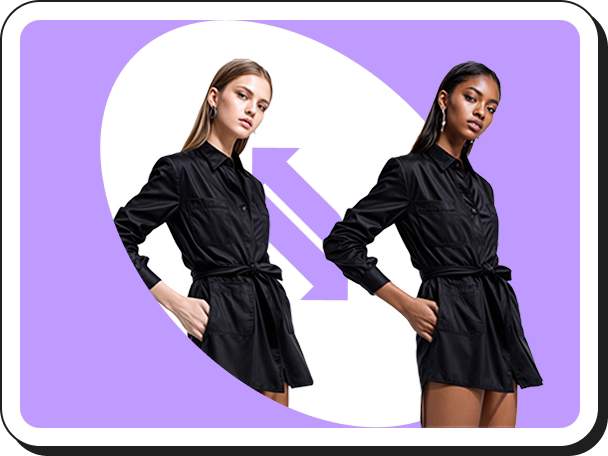 Changement de modèle IA
Changement de modèle IA Vidéos de Mode
Vidéos de Mode Vidéos de Produits en Main
Vidéos de Produits en Main Produit en main
Produit en main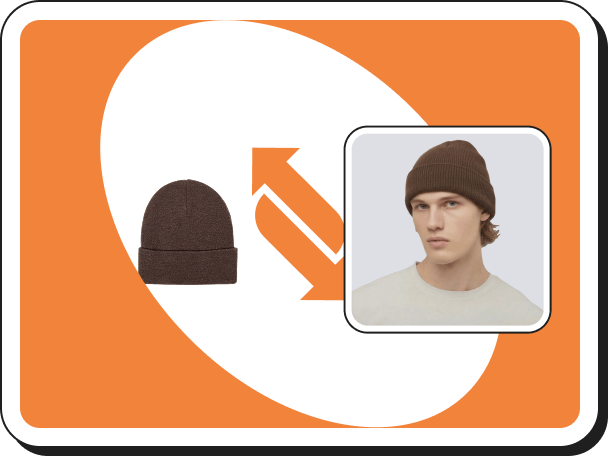 Essai D’Accessoires Virtuel
Essai D’Accessoires Virtuel Générateur d'arrière-plan AI
Générateur d'arrière-plan AI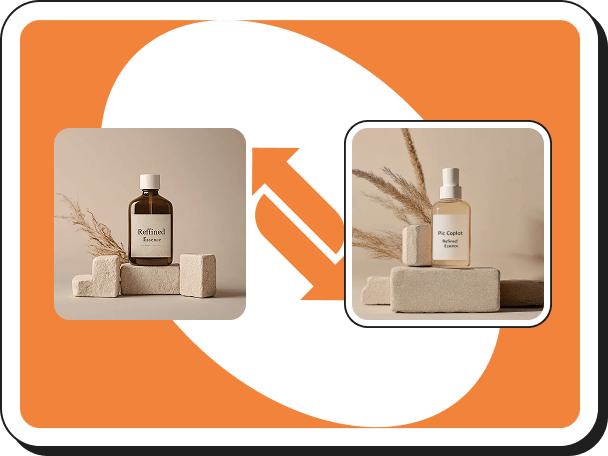 Clone de style
Clone de style Supprimer le filigrane
Supprimer le filigrane Modèles d'IA
Modèles d'IA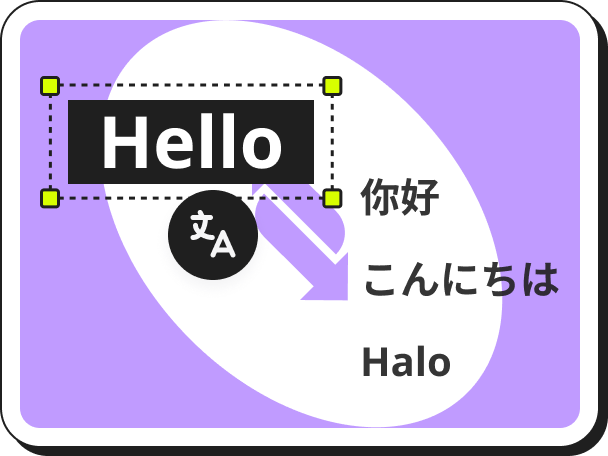 Traducteur d'images
Traducteur d'images Traduction vidéo
Traduction vidéo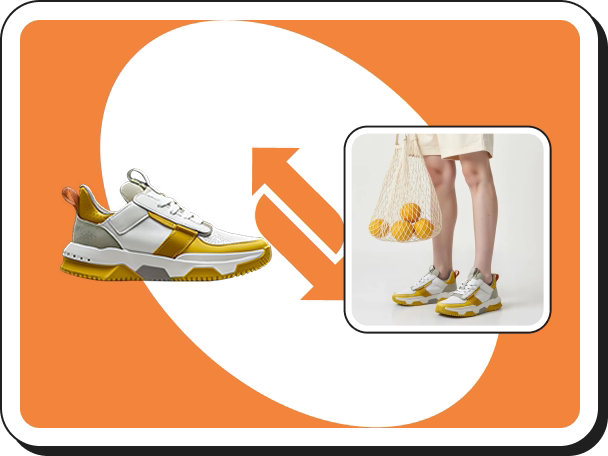 Essayage Virtuel de Chaussures
Essayage Virtuel de Chaussures Annonceur IA pour les numéros
Annonceur IA pour les numéros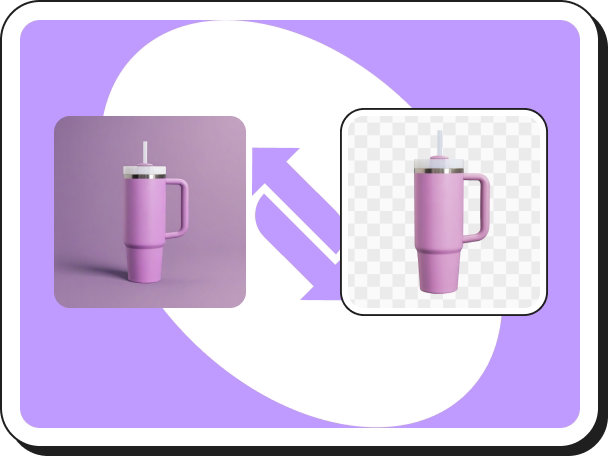 Supprimer l'arrière-plan une fois
Supprimer l'arrière-plan une fois Ombres IA
Ombres IA Agrandisseur d’Images
Agrandisseur d’Images Améliorateur d’Images
Améliorateur d’Images